Sure, you could earn all of your money on the office grind, but many enterprising entrepreneurs have found another way to make some serious bank: flipping trendy streetwear. The most hyped — and valuable — streetwear of them all? Supreme. In fact, some teens are reportedly flipping the brand’s exclusive pieces to take home as much as $1,000 a month. According to Wealthsimple, meanwhile, getting in on this hustle could actually make you enough to retire on.
Which begs the question: How did Supreme become so sought-after that diehards are willing to pay up to 20 times the original prices for everything from t-shirts to skateboard decks? Here’s a closer look at what makes Supreme so obsession-worthy.
$12,000 and a Vision
Supreme was founded by James Jebbia in 1994 in a small storefront on Lafayette Street in downtown Manhattan. Growing up in ‘80s era West Sussex, England, Jebbia spent his days working a battery factory, listening to glam rock, and high-tailing it to London to blow his cash in the hippest London shops. So while he might have been hawking clothing, skateboards and gear with the opening of Supreme, he was actually selling something less tangible: a space. “The cool, cool shop,” he told Vogue. “The shop that carries the cool stuff that everybody was wearing — no big brand or anything.”
Jebbia spent his days working a battery factory, listening to glam rock, and high-tailing it to London to blow his cash in the hippest London shops.
In other words, Supreme was born of Jeppia’s unique combination of nostalgia and know-how. To say his vision spoke to others is a massive understatement. Jebbia, who had previous stints with foundational streetwear boutique Union on Spring Street and the Stüssy store on Wooster, opened Supreme with an initial approximate investment of $12,000. In 2017, the multinational private equity firm the Carlyle Group made a $500 million investment in the brand in exchange for a 50 percent stake. The skate brand’s valuation with that investment? A staggering $1 billion.
From Upstart to Obsession
At a time when Lafayette street was far from the commercial hub it’s become 25 years later, Supreme attracted plenty of attention. Wrote GQ of the scene, “From a block away, you could smell the Nag Champa in the air, like a sandalwood smoke signal. As you got closer you could hear the music echoing through the canyon of Manhattan, then see the crowd outside the building, sometimes 40 or 50 deep, spilling off the sidewalk onto Lafayette Street. The locus of it all was ostensibly a store — but back then, when it first opened, in 1994, retail concerns seemed incidental to the real purpose of Supreme, which sprung to life as a frenetic meet-up spot for the growing downtown New York skate community.”
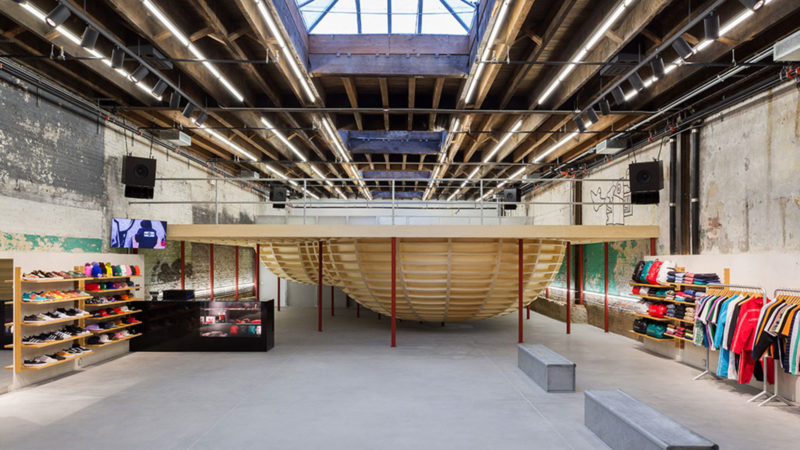
Filmmaker Harmony Korine recalls the days he spent at Supreme while making the movie, Kids, “It was raw. It was a specific attitude, and probably the DNA is [still] there now, but it really was a pure New York City kind of street skating.”
Added prominent creative director Jen Brill of her trips downtown just to scout out who might be working that day, “It was the cutest boys with the best styles and the shittiest attitudes. There was crazy energy around the store. It didn’t feel like a shop. Because they definitely didn’t want to sell you anything. Maybe they didn’t even want you in the store.”
“There was crazy energy around the store. It didn’t feel like a shop. Because they definitely didn’t want to sell you anything. Maybe they didn’t even want you in the store.”
But Jebbia did want people in the store. In fact, the store featured an open design so skaters could enter with their boards and gear. And why wouldn’t he want them there? They were the source of his inspiration. “The influence was the people who were around the shop—the skaters,” Jebbia has said. “They would wear cool shit; they wouldn’t wear skate clothes. It would be Polo, it would be a Gucci belt, it would be Champion. We made what we really liked. And it kind of was a gradual thing. From a few tees, a few sweats, a pair of cargo pants, a backpack. But the influence was definitely the young skaters in New York,” he told GQ.
A Lesson in Supply and Demand
You don’t have to be an economics expert to understand that the less available something is, the more people want it. Make it extraordinary, affordable and exciting, and that want turns into desperation. Achieving this dynamic is easier said than done, but under Jebbia’s masterful hand, Supreme pulled it off — and then some. Said i-D magazine editor in chief Alastair McKimm of Supreme’s execution, “The reason that it’s successful and the reason that it’s so influential is the fact that it’s been there, growing slowly, being very, very well managed from day one.”
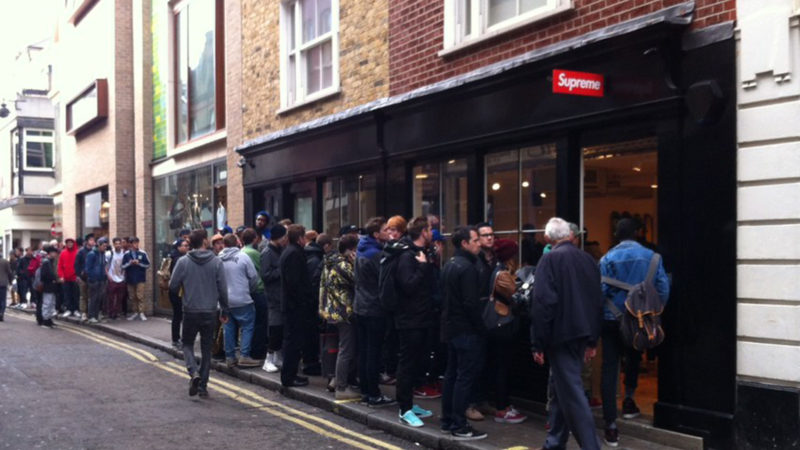
Limited quantities are Supreme’s bread and butter. Fans came from all over to share the feeling Jebbia had set out to create based on his own teenage experiences. He was there, too, furiously working behind the scenes to keep the store stocked — not because items were flying off the shelf, but for an even more basic reason: he lacked the resources to secure steady stock. While this practice arose from necessity, the resulting short runs had the happy side effect of creating a woefully uneven relationship between supply and demand.
Producing less was the first step. The second step? When items sold out, don’t replace them; instead, make something different.
Explained Jebbia, “We’d make some tees, some sweaters; if they don’t sell we’re going to be stuck with them.” Producing less was the first step. The second step? When items sold out, don’t replace them; instead, make something different. “It wasn’t a shop full of basics, where you could get the same product month after month. What we were going have to have some excitement to it,” Jebbia continued.
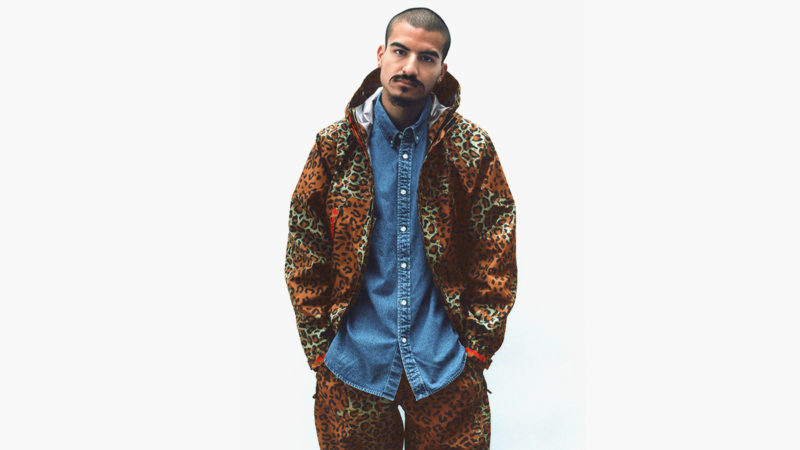
However, the concern of being left with unsold stock turned out to be a non-issue: Nearly everything Supreme made flew off the shelves. This presented a new challenge for Jebbia. He explained, “We’d actually have some seasons where we were sold out of the summer product at the end of March. We’d have nothing to sell in April, May, June, July. People would come in and be like, ‘This shop is shit. Why are people talking about this?’ And what are we gonna say? ‘If you’d have come in two weeks ago, it looked really good’?”
However, the concern of being left with unsold stock turned out to be a non-issue: Nearly everything Supreme made flew off the shelves.
And so “drop day” was born. Rather than having a steady flow of customers in and out of the store looking for the brand’s latest limited edition offerings, Jebbia designated a day — Thursdays, to be exact — as “drop day.” The result? “Drops” not only became a major event for Supreme enthusiasts, but other brands adopted the model in the hopes of generating the same intensity as Supreme. While imitators may have had moderate success in doing so, none rivaled Supreme.
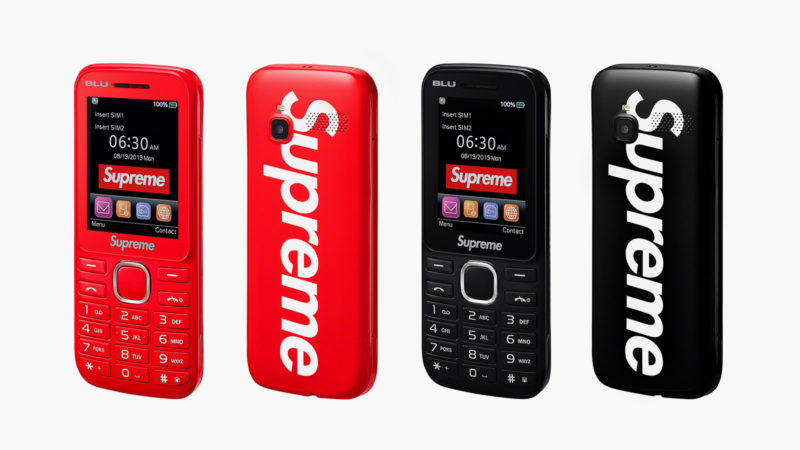
Premier online reseller Grailed brand director Lawrence Schlossman told Wealthsimple of the phenomenon, “Supreme is the only company anywhere, outside of like Tesla or some shit, where the sell-through rate is literally 99 or 100 percent….It’s hard to really put into words how much bigger the demand and want and audience is for Supreme products versus the amount of Supreme that exists in the world. Proportionally speaking, I can’t think of another business that has been so successful employing scarcity on purpose.”
A Trend with a Twist
Since its inception, Supreme has managed the tricky territory of growing without losing its edge. New outposts (the tally is now at 11 brick-and-mortar retail stores), creative collaborations and an expanding line of products merely added to the brand’s allure. All the while, Jebbia — known for his high taste level and equally high expectations — has maintained his signature commitment to quality. Put longtime Supreme enthusiast Andrew Rieth of Supreme’s extraordinary appeal, “The thing about Supreme, even now, is that they always had this cool mix of military, sportswear, workwear, and vintage that you can kind of pick and choose from in a way that’s tailored to your taste. Over the years Supreme’s collections have grown larger and generally louder, but I can still find things that are still low-key, tasteful, unique, and well-made.”
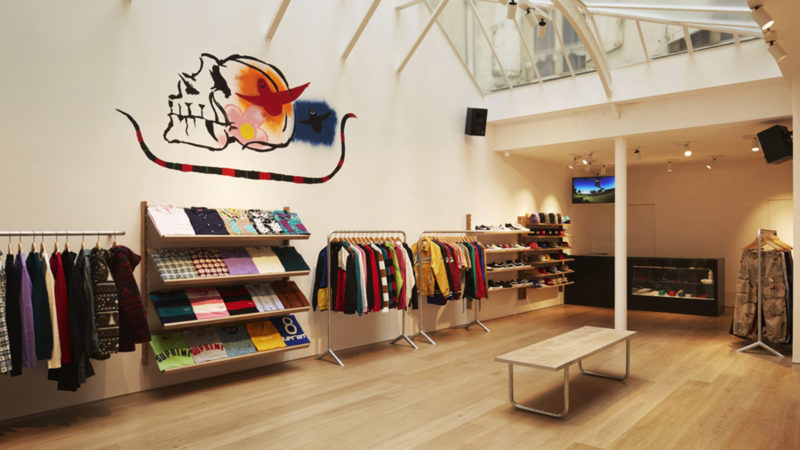
In 2013, the brand also started releasing bi-annual complete collections. While the pieces debut as a collection, they’re then divided into weekly drops over the next few months. And because no one knows which pieces are going to drop on any given Thursday, the energy surrounding the drop can be quite frenetic.
And while brands like Neighborhood and A Bathing Ape have garnered their share of buzz, Supreme exists largely in a league of its own, which many attribute to Jebbia’s standards. Brendon Babenzien, who headed up design at Supreme before launching his Noah brand, told QG, “I think Supreme created the world that the entire [fashion] industry lives in today.” Babenzian also pointed out another factor that distinguishes Supreme from the rest. “I had high hopes to have Supreme be able to simultaneously make really progressive things and truly classic things. I think we accomplished that,” he continued.
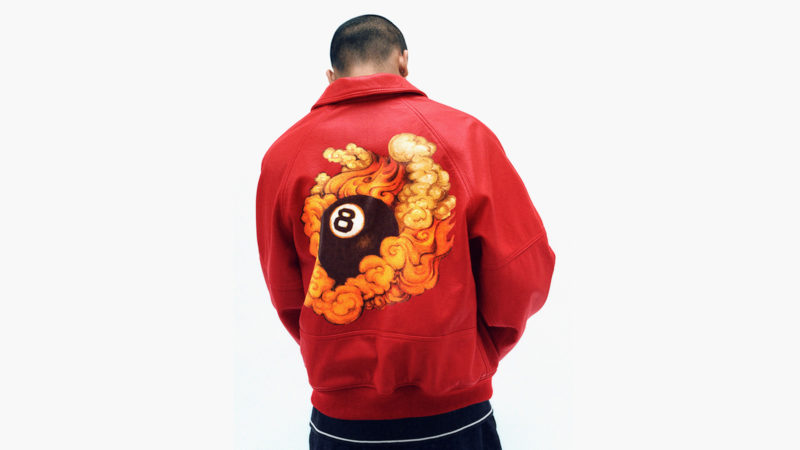
Unlike today’s fast fashion, Supreme clothes have staying power — both in terms of their style and durability. People are willing to pay more for something if they know it will last, and not only hold its value but improve.
Which brings us back to flipping and the question: Just how much do Supreme pieces go for? It’s important to keep in mind that all Supreme products aren’t created equal when it comes to their resale value. Generally speaking, the items with the signature Supreme box logo, AKA “bogo,” are the brand’s most coveted and iconic wares. It follows that this is a great place to start a collection or a second income stream. Also more likely to pull in the big bucks? Clothing, collaborations, and anything from a localized launch, such as the Paris Box Logo Tee, which retailed for around $30 and resold for $430.
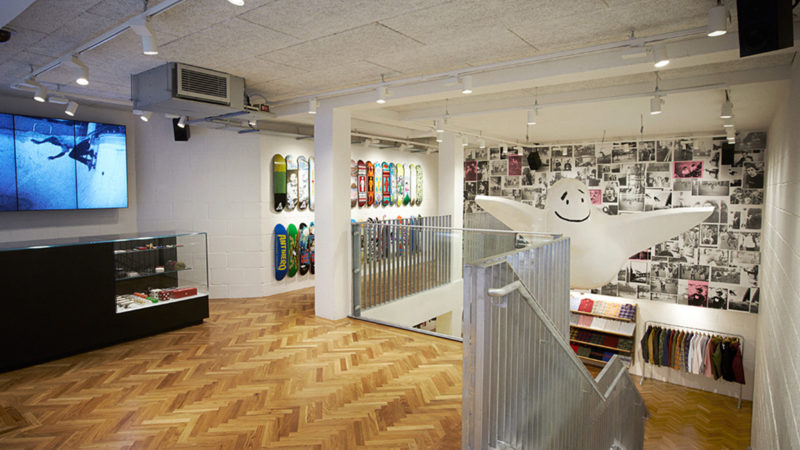
The fashion world moves quickly, and streetwear perhaps most quickly of all. Despite the industry’s fickleness and Supreme’s potentially compromising shift to private equity ownership, the brand has managed to maintain its sway. The takeaway? Whether you’re thinking of getting into the flipping business or you just want to dress to impress the hypebeasts (or you’re an unabashed hypebeast yourself), Supreme remains a solid bet.
*Header photo by Dale Martin via Flickr.

